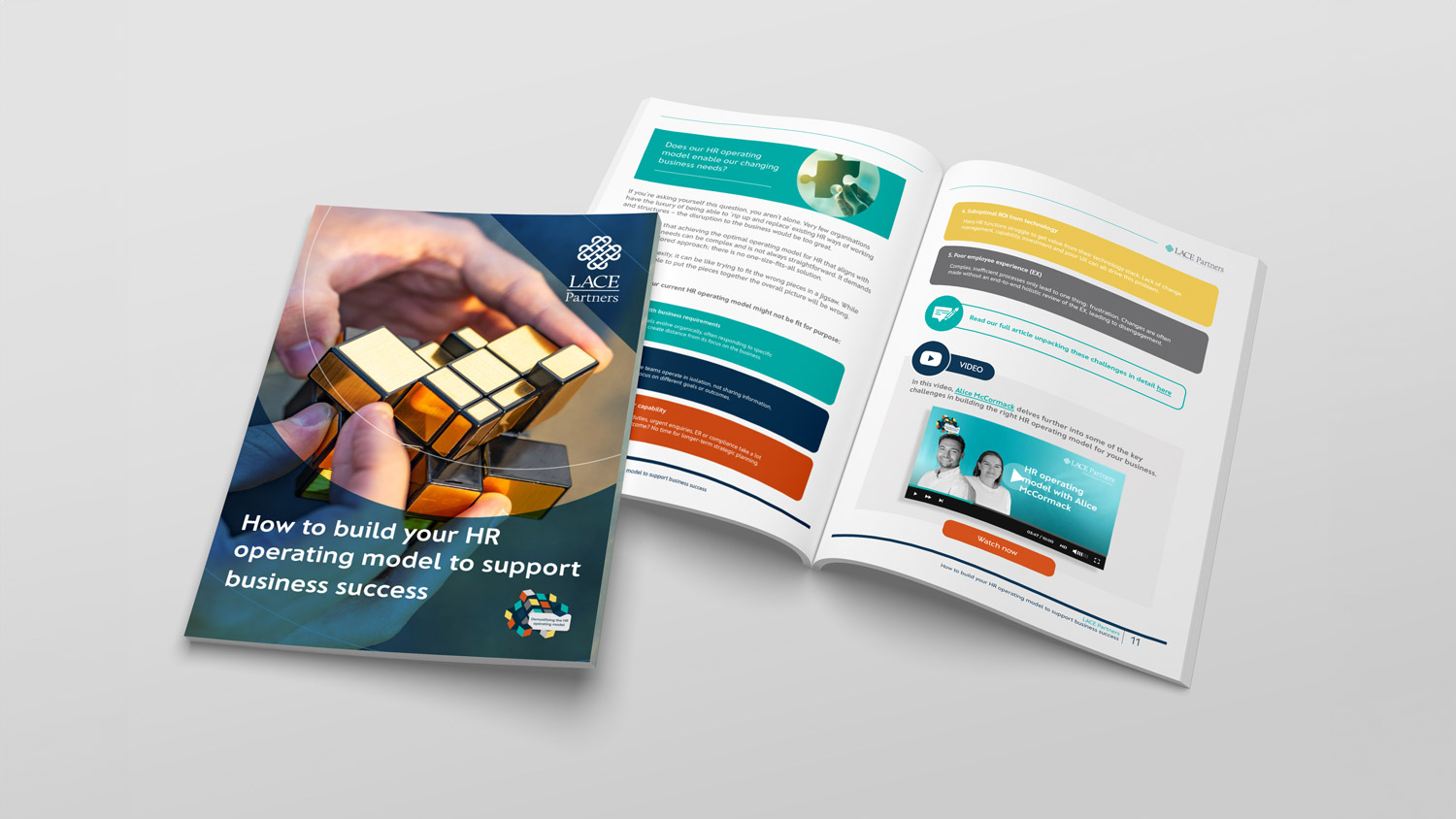With so much conflicting advice out there, structuring your HR function to best support the goals of the wider business can feel overwhelming.
We like to think of the HR operating model as the building blocks for how you deliver value to your HR customers – i.e. to employees, line mangers and business leaders.
In this guide we’ve put our construction hat on, to review your current setup, explore different HR models, and improve your HR to support your business goals.
You’ve got to try to have your finger on the pulse of what’s happening in the business. Be commercially driven, align to the business, be a catalyst [for change] and not always wait to be told.
Aaisah Knights, Chief People Officer, Elmex Group
What’s in this whitepaper?
In this document, we will run you through the challenges, the nuances of different HR operating models and give you practical advice on how to optimise your function for business success.
don't touch or delete
Chapter one: Introduction to the HR operating model
Learn:
-
To understand your HR operating model and build an effective HR framework.
-
How to assess your current model, address challenges, and identify future needs with actionable advice tailored for business success.
-
Through an interactive toolkit of blogs, podcasts, videos, and whitepapers that offer in-depth perspectives and tools to refine your HR operating model.
Chapter two: Key challenges
Learn:
- The five signs that your current HR operating model might not be fit for purpose
Chapter three: Wider marketplace perspective
Learn how to customise your framework. While some frameworks propose specific models others focus on broader themes to guide tailored HR operating model design.
Chapter four: Determining the right operating model for your context
Learn about the LACE frameworks and how it can help you
ascertain the right way forward. It includes:
- The four hats of the CPO
- The four pillars for an effective HR operating model
- The ten traits of high performance
Chapter five: Aligning to business goals
Learn how to fit everything together into a cohesive HR operating model.
Get an in-depth analysis of the main business drivers and understand how to build your HR operating model around the business outcome you most want to achieve.
Chapter six: Implications for HR skills and behaviours
Learn to develop HR operating models aligned to business needs by focusing on building skills and capabilities within your HR team. Prioritise strategic learning interventions, define career pathways, and adapt capabilities to support key business drivers.
Chapter seven: Lessons learnt and making change stick
Learn to:
Plan your journey
Design new ways of working
How to execute a sustainable implementation

Download a copy of the report through the form below:

This whitepaper is part of our campaign – Demystifying the HR operating model – a practical and content-rich guide for HR professionals and CPOs to navigate the complex world of the HR operating model with ease.
Meet the author
Emma Leonis-Hughes
Client Executive Director
Emma specialises in global, large-scale and complex end-to-end HR change programmes. She spent over 10 years at Deloitte before joining LACE Partners in early 2018 as Client Executive Director. Emma works with Chief People Officers and their leadership teams to develop their people strategies and help them drive business value – be that designing the HR operating model around the employee experience, optimising HR service delivery through improved use of digital tools or through building HR’s capability.
She is passionate about HR and challenging, inspiring and motivating HR leaders to achieve more. As part of this, Emma leads LACE’s thought leadership into the future of HR service delivery and operating models. For example, LACE’s bi-annual HR shared services trends reports which began in 2020, the ‘HR on the Offensive’ white paper and currently LACE’s ‘Demystifying the HR operating model’ campaign.


